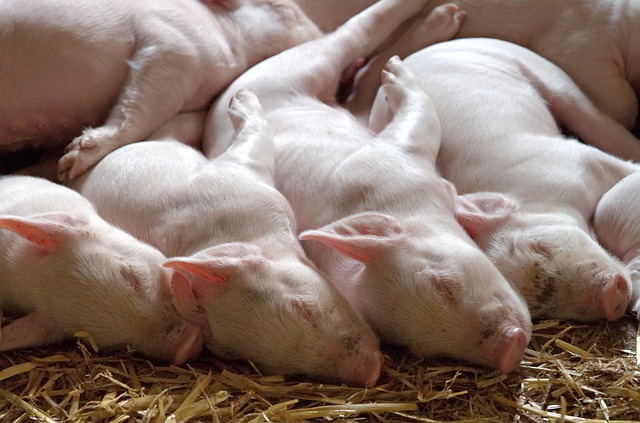Gene Editing’s Extra DNA Problem: Déjà Vu All Over Again
By Belinda Martineau,
Biotech Salon
| 09. 06. 2019
UC Davis researcher Alison Van Eenennaam described the experience of learning that the “poster animals for the gene-editing revolution” do not, after all, comprise the “same outcome [that] could be achieved by breeding in the farmyard,” like she and her collaborators at Recombinetics had been claiming for years, to Antonio Regalado of the MIT Technology Review by saying simply that “We were surprised, but when you get new information, you proceed ahead, that is what science does.”
My reaction back in the early 1990’s to hearing similar news about extra, unintended DNA being inserted into Flavr Savr™ tomatoes, the poster GMOs for the first generation of genetic engineering technology, was somewhat more intense. My boss at Calgene, Inc. at the time, Bill Hiatt, gave me the news as we were traveling on the subterranean moving walkway system that connects the United Airlines terminals at Chicago’s O’Hare airport. I stopped in my tracks (although I kept moving). It just couldn’t be true, I said to myself; the flashing lights and recurrent United theme song intensifying the surrealism I felt at that...
Related Articles
By Jonathan Matthews, GMWatch | 12.11.2025
In our first article in this series, we investigated the dark PR tactics that have accompanied Colossal Bioscience’s de-extinction disinformation campaign, in which transgenic cloned grey wolves have been showcased to the world as resurrected dire wolves – a...
By Jenny Lange, BioNews | 12.01.2025
A UK toddler with a rare genetic condition was the first person to receive a new gene therapy that appears to halt disease progression.
Oliver, now three years old, has Hunter syndrome, an inherited genetic disorder that leads to physical...
By Simar Bajaj, The New York Times | 11.27.2025
A common cold was enough to kill Cora Oakley.
Born in Morristown, N.J., with virtually no immune system, Cora was diagnosed with severe combined immunodeficiency, a rare genetic condition that leaves the body without key white blood cells.
It’s better...
By Rachel Hall, The Guardian | 11.30.2025
Couples are needlessly going through IVF because male infertility is under-researched, with the NHS too often failing to diagnose treatable causes, leading experts have said.
Poor understanding among GPs and a lack of specialists and NHS testing means male infertility...




